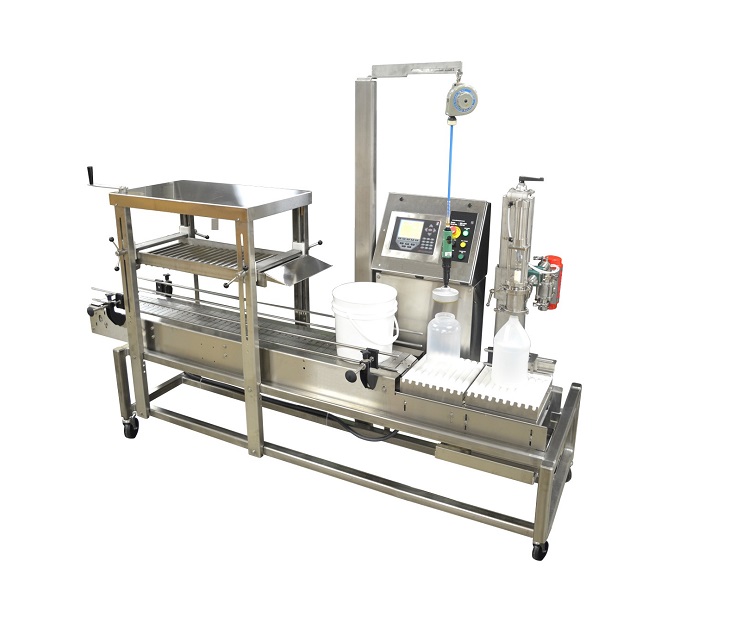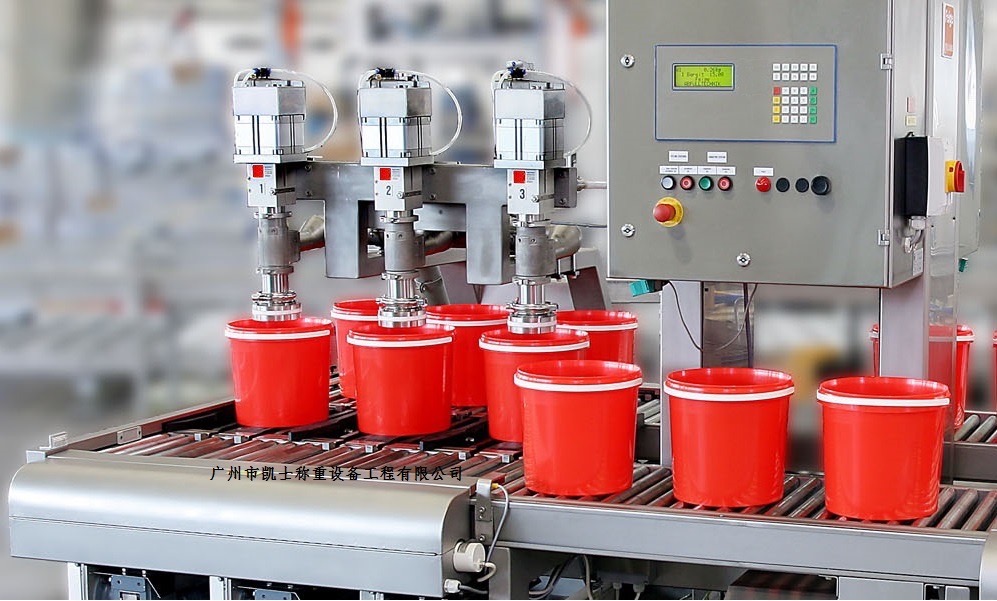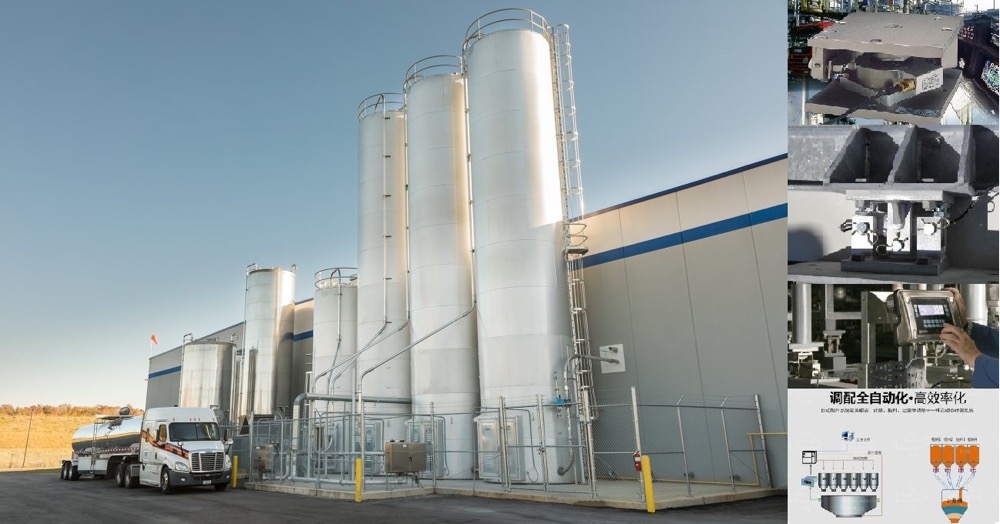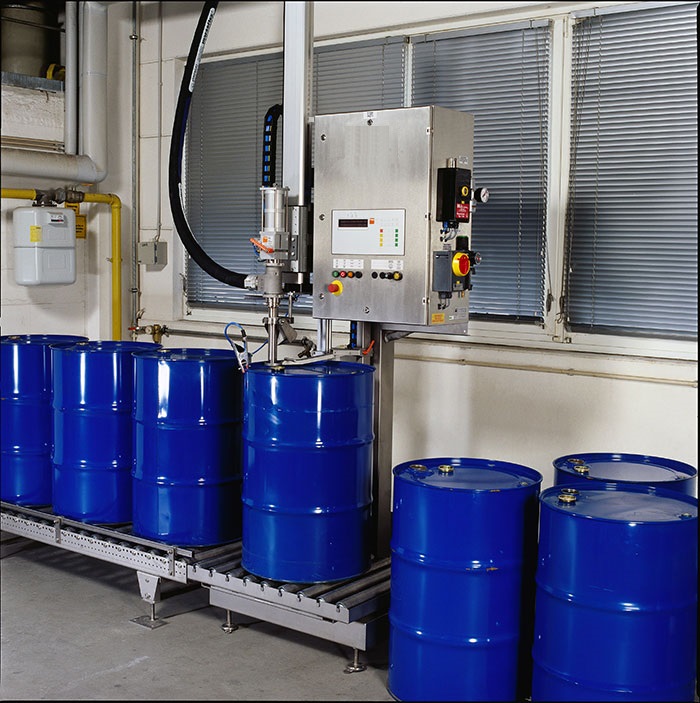

Liquid canning machine is composed of filling, capping, sealing, palletizing, weighing equipment and corresponding conveyor belt, supplemented by automatic control and automatic adjustment system, data view interface provides offline and online two views. The offline view shows the project content stored locally in PO, and the online view shows the actual content in CPU. When the PLC is connected through the programming cable, an online connection can be established in STEP7.
 020-34563445
020-34563445Liquid Filling machine is a filling equipment for filling liquid products, the use of cylinders to push the piston, the use of weighing, pneumatic components, can be quantitative filling. Machines equipped with counters fill accurately, adjust easily, and do not fill without bottles. The weighing sensor is connected with the data line of the weighing instrument by using the high measuring accuracy of the Electronic scale. The pressure signal of the electronic scale is continuously transmitted to the control instrument during the measuring process. When the preset quantitative weight is reached, the control instrument controls the pump and closes the pneumatic valve. The pipe is connected with the tank, the self-pressure filling is adopted, and the precision Weighing system of the equipment is used to accurately weigh, and the link of each pipe is loaded quickly.
Automatic filling machine is composed of filling, capping, sealing, palletizing, weighing equipment and the corresponding conveyor belt, supplemented by automatic control and automatic adjustment system. Filling machine When the four-riser drum reaches the feed conveyor belt, the drum is separated by the spiral drum Feeder and sent to the fixed weighing platform under the injection nozzle of the rotating oil tank. The quantitative filling is to arrange the piston cylinder symmetrically around the circular rotating oil tank, and each piston is connected with a shaft by a connecting rod, and slides according to the inclined circular track. The first 180 degrees of inclined circular motion causes the piston to rise, and the last 180 degrees causes the piston to fall. When the piston is lifted, the material is controlled by the valve from the upper oil tank into the piston cylinder. When the valve connecting the piston cylinder to the injection nozzle is opened, the material is injected into the lower barrel.































